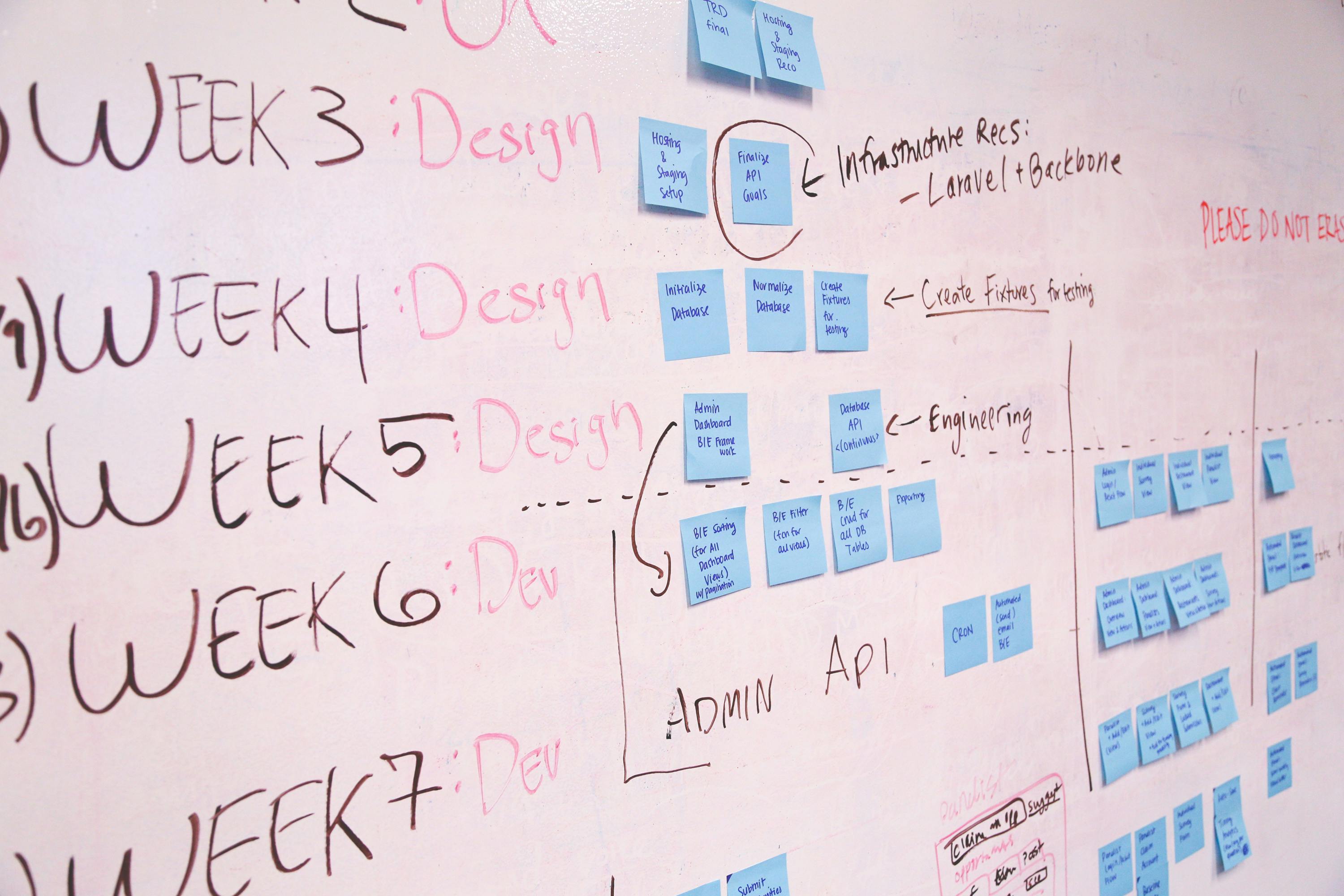Comparison & Structure
Analyzing Collaboration Approaches
The landscape of digital collaboration tools has evolved through several distinct generations, each representing different philosophies about how teams should interact and work together. Understanding these approaches provides valuable context for evaluating current platforms.

The evolution from single-purpose tools to integrated workspaces
Traditional collaboration environments typically involve a collection of specialized tools: document editors for content creation, messaging applications for communication, project management boards for task coordination, and knowledge bases for information storage. While these tools excel in their respective domains, the fragmentation between them creates inherent friction in workflows.
Integrated workspaces represent a philosophical shift toward unified environments. Rather than treating different work modalities as separate concerns, these platforms acknowledge the interconnected nature of modern knowledge work. Documents, conversations, tasks, and knowledge are treated as facets of a cohesive whole rather than isolated entities.
Collaboration Flow Comparison
This approach to integration manifests in specific design choices that differentiate modern workspaces from traditional tool collections. The interfaces of integrated platforms often exhibit more restraint, prioritizing clarity over feature density. This design philosophy recognizes that the cognitive load of an interface directly impacts team focus and effectiveness.

Interface design approaches reflect underlying collaboration philosophies
The structural organization of integrated workspaces typically follows a spatial metaphor, where work is organized into contextual spaces rather than application categories. These spaces might represent projects, teams, or workflows, containing all relevant resources regardless of their type. This organization mimics physical workspaces, where context determines the arrangement of materials rather than their format.
Interface Philosophy Comparison
Another key distinction lies in how these systems handle information architecture. Traditional approaches often emphasize rigid hierarchies and classification systems, while integrated workspaces tend to support more flexible, relationship-based organizations that can adapt to evolving team needs.
The implementation of these principles varies across platforms, with different systems making unique compromises between integration and specialization. Some emphasize deep integration at the potential cost of specialized functionality, while others maintain more distinct boundaries between different types of work while providing smoother transitions between them.

Effective integration supports natural collaboration patterns
What emerges from this analysis is not a binary judgment of superiority, but rather an understanding that different approaches serve different team contexts. The value of integration increases with the complexity of information flows and the frequency of context switching required by a team's work.